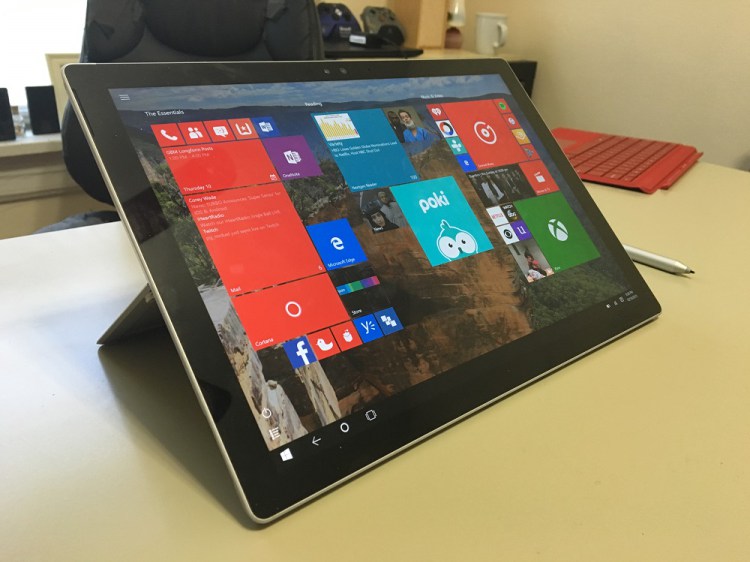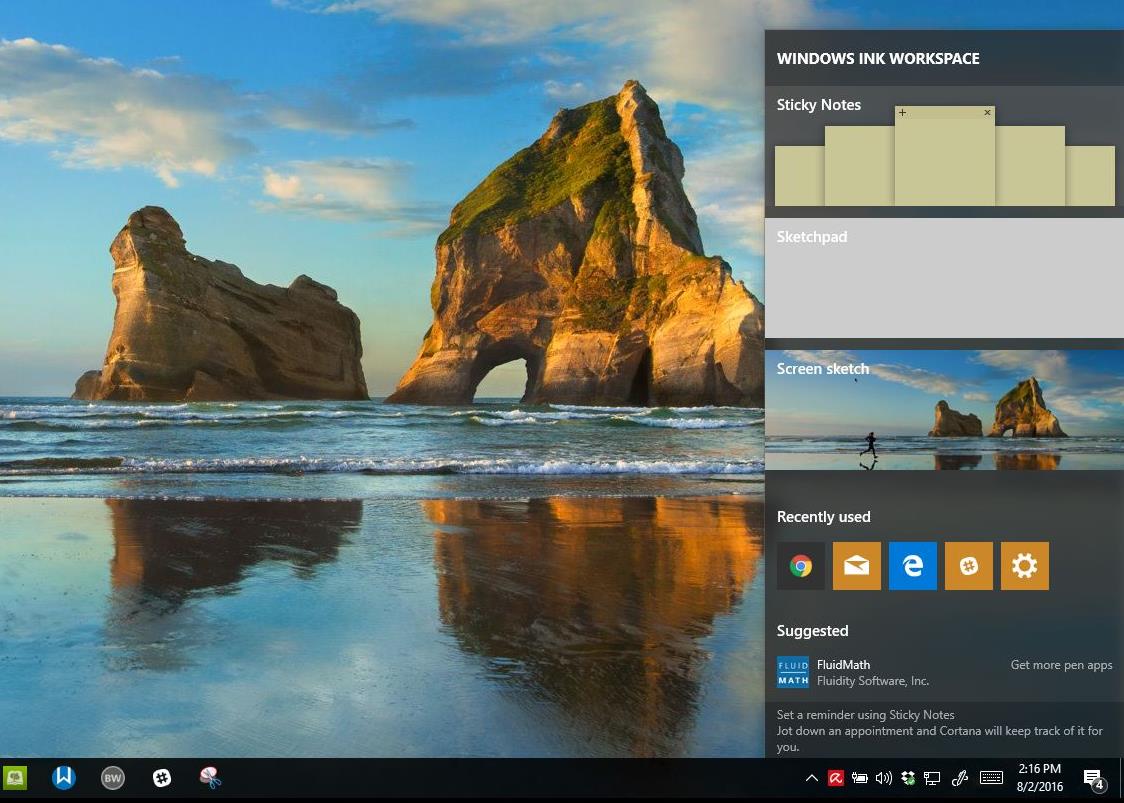Over 8 million people tested Windows 7 when it was in development and I am sure many of you are still running the Windows 7 Release Candidate which expires in March 2010. You might have been running the RC in a production setup because of how stable and impressive the software is, especially for a pre-release product. At the same time, you are contemplating, how do I move to the final version of the software with my accumulated data on it? Can I simply do an in place upgrade from the RC to the final release? What about all my installed applications?
These are all good questions and its something I was curious about myself and decided to document. The first thing you should understand as a tester of pre-release software, means its pre-release and Microsoft is in no way responsible for anything that can happen running the software in a production environment. Yes, the software is very stable, especially since the first beta released back in January, but there are a few things users must know before deploying it and what happens when the software is going to expire. Here is a bit of information from Microsoft about the Windows 7 Upgrade path policies:
Upgrades to Windows 7 from the following operating systems are not supported:
- Windows 95, Windows 98, Windows Millennium Edition, Windows XP, Windows Vista® RTM, Windows Vista Starter, Windows 7 M3, Windows 7 Beta, Windows 7 RC, or Windows 7 IDS
- Windows NT® Server 4.0, Windows 2000 Server, Windows Server® 2003, Windows Server 2008, or Windows Server 2008 R2
- Cross-architecture in-place upgrades (for example, x86 to x64) are not supported.
- Cross-language in-place upgrades (for example, en-us to de-de) are not supported.
- Cross-SKU upgrades (for example, Windows 7 N to Windows 7 K) are not supported.
- Upgrades from Windows Vista to Windows N, Windows K, Windows KN, or Windows E are not supported. Cross-build type in-place upgrades (for example, fre to chk) are not supported.
- Pre-release in-place upgrades across milestones (for example, Windows 7 RC to Windows 7 RTM) are not supported.
For more details check out the link https://technet.microsoft.com/en-us/library/dd772579(WS.10).aspx
Q: Can computers running Windows 7 Release Candidate upgrade directly to Windows 7 Release to Manufacturer build?
A: Yes, but this is not a recommended or supported scenario. Microsoft recommends persons running the Release Candidate released in April 2009, reinstall Windows Vista and do upgrades from that release to Windows 7 RTM.
Q: Didn’t previous development versions of Windows support build to build upgrades?
A: True, but Microsoft has changed this policy for the Windows 7 release. They want users to test against real world scenarios. A build to build upgrade introduces unexpected complications that make it difficult to diagnose problems considering such scenarios do not exist in real world deployments.
You can learn more about the Windows Teams decision:
https://blogs.msdn.com/e7/archive/2009/04/07/delivering-a-quality-upgrade-experience.aspx
Q: What is the difference between Windows 7 RC and RTM?
Windows 7 RC software is a time limited build of the product that focuses on a phase of development. The Windows 7 RTM final release is a complete copy of the software that is designated as ready and fit for use in production environments. To reach Windows 7 RTM, a particular build has to go through a series of thorough regression test and optimizations to reach a level of quality satisfactory for production. Build 7600.16385 is that build and was completed on July 22nd 2009. Another major difference between Windows 7 RC and RTM (in particular Ultimate), with the RC it goes into Reduced Functional Mode on June 1st 2010, bi-hourly shutdowns will begin March 1st 2010. Windows 7 RTM does not expire, also the Windows 7 Ultimate RC are missing or won’t receive additional key updates and features such as Language Packs which was recently made available to RTM customers.
Tools of the trade:
So you want to move to the final product, but we now understand that in place upgrades are not supported and you must return to the prior installation of Windows and then upgrade to the final release. To make it easy, the first thing I recommend you do is have an external hard disk on hand, you are going to need this for Windows Easy Transfer, I am sure some of us have data that ranges in many gigabytes and a DVD disk is not gonna be enough or reliable for such a scenario. External hard disks are cheap and easy to use and make the migration process seamless.
The the next thing you will need to do is have your Windows installation disk nearby, if your computer previously had Windows Vista or XP installed, you will need to reinstall it after backing up your personal files and settings using Windows Easy Transfer the External hard disk. Also keep any necessary application disk nearby just in case you will need to reinstall any of your favorite programs. My migration was a unique one particularly because I was using Windows Vista Ultimate 64 bit SP2 prior to Windows 7. So, I was able to take advantage of the Complete PC Backup feature which is unique to Windows Vista Business, Enterprise and Ultimate. Complete PC Backup allows you to create a backup replica of your Windows Vista installation, so in case something catastrophic happens, you can restore your system from a image of your installation when it was working. No need to reinstall applications or device drivers. It is exceptionally convenient and easy to use. With the release of Windows 7, Microsoft has made System Imaging capabilities available in all editions of Windows 7.
If you are a tester who originally had Windows Vista Home Basic or Home Premium installed, prior to installing Windows 7 RC, you would have had to protect your files and settings using the Standard Backup and Restore tools or Windows Easy Transfer, since those editions do not include Complete PC Backup. This also means, if you reinstall Windows Vista Home Basic or Home Premium and restore personal files and settings using Windows Easy Transfer or Backup and Restore Center, your programs and device drivers must be reinstalled. Persons who used third party drive imaging tools such as Acronis Disk Director should not have to go through those steps since the capabilities available in that utility are identical in functionality where disk imaging is related.
Lets begin
Here I am I booted to my Windows 7 Release Candidate desktop, the first thing I did was turn on my external hard disk, since that is where we will backup our Windows Easy Transfer .mig file. To start Windows Easy Transfer,
click Start, type: Windows Easy Transfer
Hit Enter
The Easy Transfer wizard will now begin, click next and follow the on screen wizard. Our particular choice for backup method will be done by saving the .mig file to a External hard disk.
![Windows 7 RC Dsktp_thumb[3]](https://www.notebooks.com/wp-content/uploads/2009/11/Windows-7-RC-Dsktp_thumb3_thumb.jpg)




